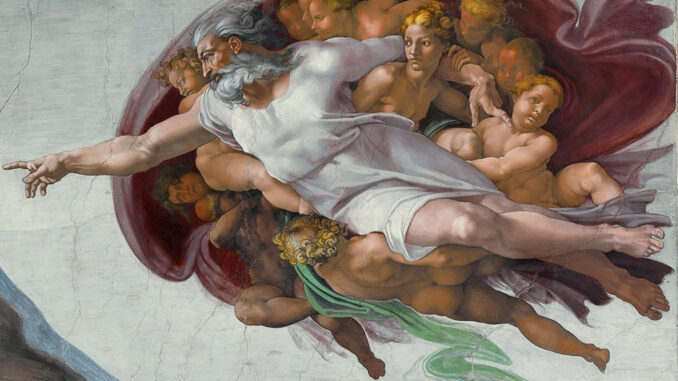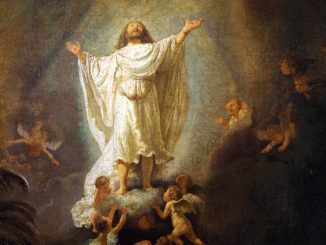
The opening of the Bible in Genesis 1 is not just a mere historical account, but a profound declaration of faith: “In the beginning God created the heaven and the earth.” This simple yet profound statement sets the stage for understanding our origin through divine action, not human conjecture. It declares the existence of God as an undeniable fact, affirming a creator distinct from His creation. This opening line introduces God as eternal, omnipotent, and personal — capable of creating from nothing, which only an infinite being can do.
Genesis does not dwell on the specifics of creation’s timing or methods, whether it spanned moments or millennia. Instead, it emphasizes the theological truth of God’s ultimate authority over all creation, contrasting sharply with human-centered philosophies that start with man and attempt to reason up to God.
Genesis 1:1 also underscores the Bible’s divine inspiration, asserting the scriptures were penned under the guidance of the Holy Spirit. This divine influence extends to the concept of salvation and new creation. Just as God initiated the physical creation, He also foresaw and provided for humanity’s redemption, exemplified by Christ, the “Lamb foreordained before the foundation of the world” (1 Pet. 1:20).
The narrative then shifts to the state of the earth after its initial creation. Certainly, the earth, on the morning of its creation, must have been vastly different from its chaotic state as described in Genesis 1:2. “And the earth was without form and void” must refer to a condition of the earth much later than what is before us in the preceding verse. Thomas Chalmers called attention to the fact that the word “was” in Genesis 1:2 should be translated “became,” and that between the first two verses of Genesis, some terrible catastrophe must have intervened. That this catastrophe could have been the apostasy of Satan. That some catastrophe did occur is certain from Isaiah 45:18, which expressly declares the earth was not created in the condition in which Genesis 1:2 views it.
This restoration serves as a metaphor for the spiritual regeneration in believers. Just as the earth was formless before God’s spirit moved upon it, human beings are spiritually desolate until touched by the Holy Spirit. The sequence in Genesis mirrors the stages of spiritual awakening and growth: from the initial chaos of sin to the new birth in Christ, culminating in a life that reflects God’s original intent for creation.
Scripture emphasizes the power of God’s word in both creation and spiritual life. It states God’s declarations during creation brought light, separated the elements, and initiated life.
The account of creation in Genesis goes beyond the origins of the earth and becomes a blueprint for understanding the work of new creation in the life of a believer. The physical order laid out in Genesis corresponds to spiritual truths applicable to the Christian faith, where chaos is transformed into order, darkness into light, and death into life through the redemptive power of Christ.
Genesis 1 is not to be seen as an allegorical or scientific discourse but as a theological foundation that asserts God’s sovereignty, the truth of divine creation, and the model for spiritual regeneration. It challenges believers to view the Bible as the ultimate authority, superior to human wisdom and scientific inquiry, and to uphold its teachings as the definitive guide for faith and practice. This scriptural perspective provides not only an understanding of the physical universe but also a profound insight into the spiritual dynamics at work in the life of every believer.
Arthur W. Pink (1886-1952) was born in Nottingham, England and pastored churches in Colorado, California, Kentucky, and South Carolina. This work is in the public domain.




